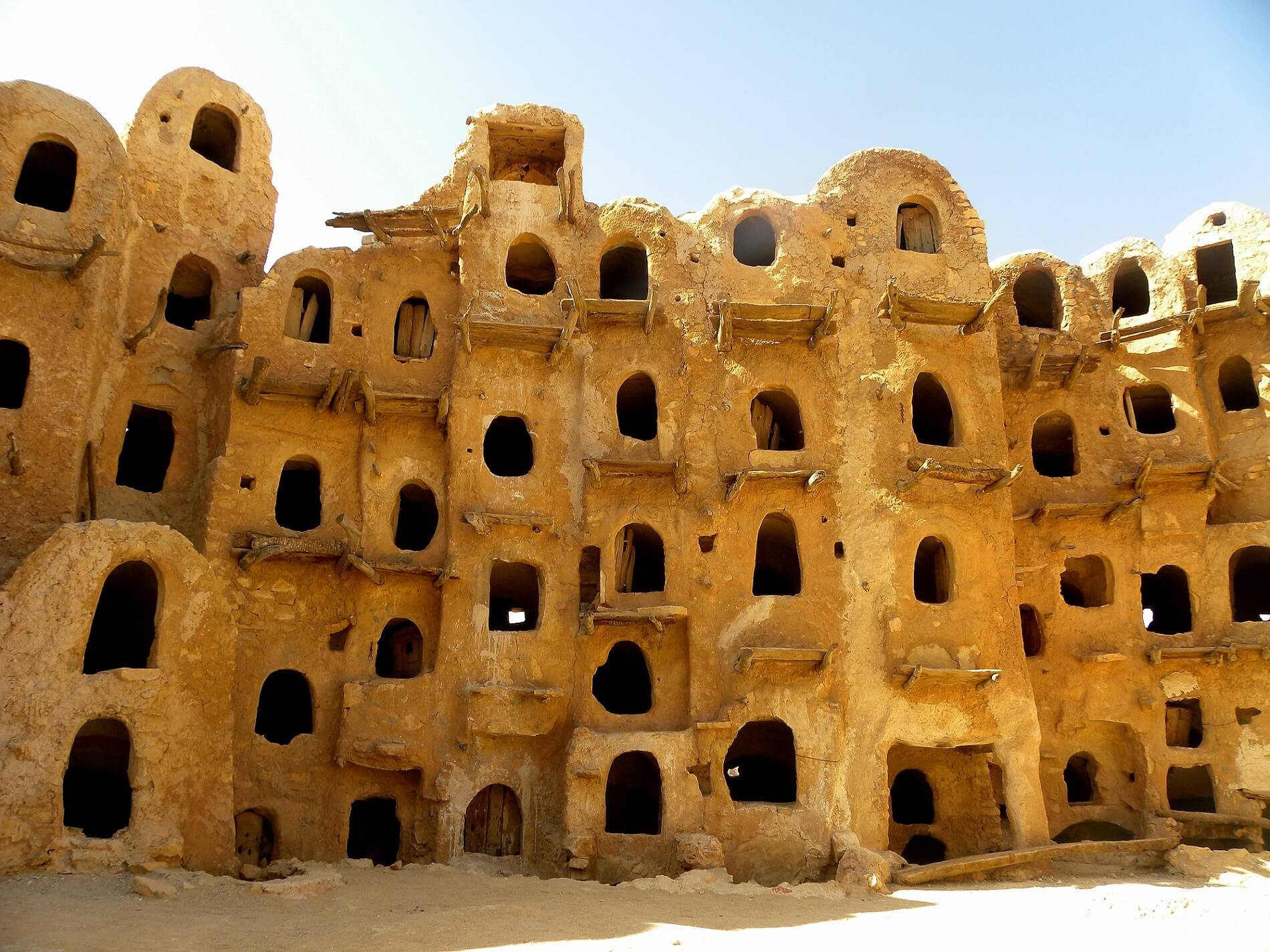After a lull on the diplomatic, humanitarian and military fronts, the past week registered several developments in Libya both at the political and military levels. Instability and widespread clashes afflicted western Libya, with a proto anti-Libya Dawn uprising taking place in various districts of Tripoli, and particularly in the neighbourhoods of Fashloum and Tajoura, on the outskirts of town. Whilst Libya Dawn has retained control of all areas in and around the capital, the incidents of this week have revealed yet another layer of fragility in the Libya Dawn coalition, possibly reinforcing the push of hawks among the Tobruk establishment to pursue a military solution until a complete victory is achieved on the Misratan-led bloc holding sway in western Libya. Libya Dawn forces are nonetheless leaving no stone unturned in their attempt to stabilise the situation in the capital as they have reportedly employed heavy handed strategies, including arresting civilians suspected of sympathising with Operation Dignity and the broader Karama camp.
UN-backed negotiations resumed in Morocco despite attempts to sabotage them by elements aligned with Operation Dignity who carried out an airstrike over Tripoil’s Mitiga airport minutes before the GNC delegation to the UN talks was due to take off. This was undoubtedly the most controversial attack of the past week in Libya and drew strong criticism from UNSMIL and its Chief, Bernardino Leon, whose remarks appeared to have the effect of curbing the number and frequency of aerial airstrikes for the remainder of the week. Whilst at different times during the week both sides threatened to pull out altogether from the process, the UN is working relentlessly to produce a political roadmap document incorporating requests from both sides. UNSMIL announced emphatically on Sunday 19 April that almost 80% of the new national unity government has been agreed upon by both sides. Nonetheless, observers agree that the finalising of a rapprochement political deal is still far from happening and that no breakthrough should be expected anytime soon on this front.
The oil sector continues to be characterised by a weak and unstable performance. After a temporary closure due to adverse weather conditions, the port of Hariga was re-opened on Monday 13 April, allowing for resumption of oil exports from this port in the measure of approximately 700,000 barrels per week, which add up to the 600,000 barrels exported from Zueitina. Whilst both ports are under control of the Cyrenaica-based camp, the decision taken by Thinni’s cabinet to set up alternative offshore bank accounts in the UAE has been met with reluctance. In fact, at present, international buyers are not interested to pay for Libyan oil in accounts not registered with the national Central Bank, and the UN has indicated this as a red line for the imposition of sanctions thus reducing the risk of a renewed spike in violence in the ‘Oil Crescent’ region. As previously discussed, in fact, the Tripoli based establishment has expressed deep hostility against the decision of creating new bank accounts and has repeatedly threatened to re-vamp its Operation Shuruq-led assault so as to undermine extraction activities in the ‘Oil Crescent’ region.
Finally, instability and the overall tragic security situation marring Libya were also displayed through two incidents occurred during the weekend. Firstly, an Italian fishing boat was temporarily seized by Libyan forces, off the coast of Misrata, before it managed to escape to Sicily. At the time of writing this post, conflicting reports portrayed the incident with very different events and perspectives, thus not allowing for a clear analysis of its implications. Overall, however, this incident confirms the inherent risk stemming from the instability and calm tension marring the waters around Libya. Secondly, on Sunday, the media outlet of the Islamic State in Libya published a video allegedly showing the execution of thirty Ethiopian Christians in undisclosed locations in Cyrenaica and Fezzan. Whilst this video received less media coverage in Western countries than the previous major Libyan IS video release (“Message in Blood to the People of the Cross”), it is likely that its impact will be felt in decision-making rooms where European politicians are discussing the possibility of a monitoring mission to patrol the sea off the coast of Libya as well as IS entrenchment in the country. Discussions around the issue of an EU-backed monitoring mission picked up speed again on Sunday after a boat transporting 700 migrants coming from the Libyan coast capsized, killing all of his passenger and bringing the migrants’ death toll in the Mediterranean to above 1,600 people since the start of the year. The EU's response is best explained via this article in The Guardian.

